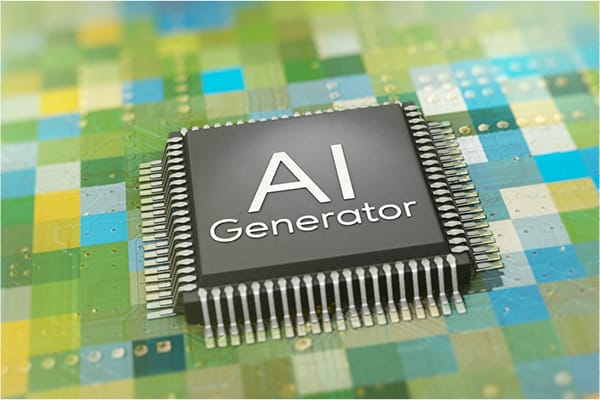The emergence of generative artificial intelligence is driving a movement to rapidly embed genAI literacy — the understanding and skills required to responsibly and effectively utilize these technologies — into the fabric of K-12 education, according to The 74. The challenge lies in discerning the appropriate timing, speed and manner of integrating genAI literacy, and ultimately, the technology itself into K-12.
One reason widespread genAI literacy may be premature is the technology’s current state. The breakneck pace of development, coupled with underlying complexities and unknowns, makes it exceptionally challenging to provide evidence-based education. For instance, how genAI makes decisions remains a mystery, even to its creators. Anthropic CEO Dario Amodei, a leader in the field, recently suggested that genAI is “inherently unpredictable” Schools and districts are at risk of constantly having to play catch-up with the skills and understanding needed to teach students how to use genAI responsibly.
Second, an urgent push to incorporate genAI literacy in classrooms might lead to a low quality of tools, content and teaching as companies prioritize quickly getting their products to market over ensuring the rigor and educational integrity of their offerings.
Third, genAI literacy — even if focused on responsible adoption — implicitly suggests that the technology is safe for children. Putting aside doomsday hypotheticals — 50% of genAI researchers said they believe there is a 10% or greater chance that humans will go extinct from our inability to control the technology — existing problems, such as false information and misinformation, deep fakes, bias and phishing, highlight the fact that none of the current major genAI models, including ChatGPT, Claude, Bard and Co-Pilot, are being built specifically with kids’ safety in mind.
Finally, the push for widespread genAI literacy may drain crucial resources supporting students’ social, emotional and mental well-being, which will be especially critical to preserve amid looming budget challenges.
Responsibly integrating genAI literacy and adopting the technology in K-12 education is the obligation of all stakeholders: parents, teachers, administrators, philanthropists and policymakers. Here are five considerations:
- K-12 stakeholders should approach rapid classroom-based genAI adoption with deep skepticism.
- Schools should offer genAI literacy to high school students only. The cognitive maturity of students in grades 9 to 12 allows for a deeper and more nuanced understanding of complex concepts such as ethics and safety in the context of rapidly evolving AI technologies, which younger students may not yet possess. Developing appropriate teaching tools for younger students and training educators accordingly will take time.
- Schools should continue to focus on timeless skills. It is prudent to continue focusing on skills essential in a world where the only predictable constant is change: critical thinking, problem-solving, adaptability and ethical reasoning, as well as newer areas such as computational thinking.
- Philanthropy should focus on understanding and mitigating risks associated with genAI adoption.
- Philanthropy and policymakers must empower adults. One clear lesson from the social media experiment over the last decade is that adults must protect young people from the risks associated with new technologies. To do so, GenAI literacy should be offered to educators, parent-teacher associations and professional organizations, among others, to equip adults with the knowledge necessary to safeguard young people and advocate on their behalf.
Bottom line: prepare children for the future without overwhelming or misdirecting their learning experiences in the classroom.
The 74




